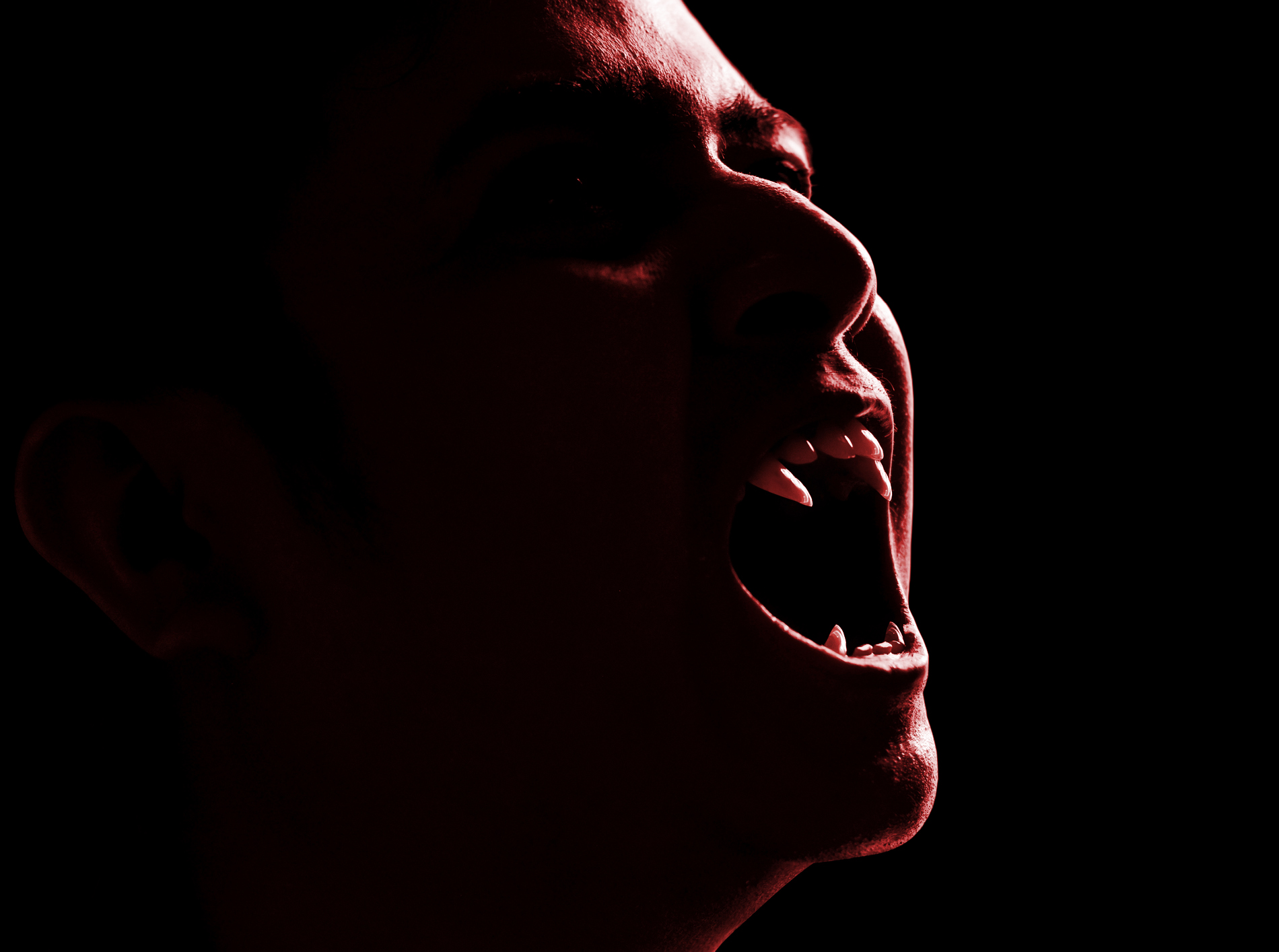My newest novel, Blood on the Bayou, is centered in New Orleans, one of the most unique cultures in the United States—though it is sometimes a sordid one. In doing the research and writing for the book, I learned quickly that local NOLA residents are not shy about leaning into the darker side of their history. When you look up tourist spots, you’ll often find haunted houses and ghost tours amongst the many attractions. From time to time, legend and fact blend seamlessly so that it’s difficult to tell what’s real or not. Such is the case with the story of John and Wayne Carter, two brothers that have become known as the vampires of New Orleans.
The Carter brothers arrived in New Orleans just prior to the Great Depression and began their new life by taking on night-shifts at the docks. To most, they seemed like ordinary fish mongers, and it wasn’t until a couple of years after their arrival that their grim secret came to light.
In 1932, a young girl stumbled onto St. Ann Street covered in blood with her wrists slit. She was fortunate enough to attract the attention of a nearby police officer who rushed to her aid. While being treated at the local hospital, the doctors found that her wounds had evidently not been made with an intent to kill, but rather to slowly drain blood from her. She told her story to the officers who helped her: she had been tied up and kidnapped by two brothers who then took her to their home and held her captive so they could drink her blood. But the brothers were careless while tying her restraints, and once they left for work, the girl freed herself and escaped to the street. However, she also informed the police of something even more horrifying—she was, apparently, only one victim amongst dozens being held at the house.
The girl led police to the home in question, situated on the corner of Royal and St. Ann, where police determined it belonged to the Carter brothers. Inside, they confirmed the girl’s story and found 15 more bodies. Most reports say that there were only 4 survivors, including the young girl who escaped. All of the victims had the same wounds on their wrists, which had allegedly been reopened and rebandaged each night so that the Carter brothers could feed. The rest of the victims were declared dead, their bodies drained of blood.
There’s some discrepancy over what the police did next. The most common version of the story says that they set up an ambush for the brothers and waited for them to get home from work to arrest them. It allegedly took up to 7 officers to subdue the brothers, and some versions of the story say they managed to get away. However, even in the version of the story where they escape, they were arrested the next day when they returned to the docks to continue working.
Upon capture, the two brothers told the police that they were vampires and began begging for police to kill them. They reasoned that they would need to keep killing people in order to survive and could not stop. Whether the police believed them or not, the brothers were both found guilty of multiple counts of murder. They were executed and buried in a vault in one of the city’s above-ground cemeteries. Years after their death, when the vault was opened to place a new body inside, it’s said that they found no trace of either John or Wayne Carter’s remains inside.
Over the years, many New Orleans residents have apparently reported spotting people who perfectly match the descriptions of the brothers. This has earned the Carter brothers their place as the New Orleans vampires—though no definitive proof of their continued existence has been presented.
In fact, some argue that the story of the Carter brothers is mostly, if not entirely, made up. One researcher did some digging and was unable to find any records of a John or Wayne Carter being executed in the 1930s (or any other decade throughout Louisiana’s history). The same researcher also found that papers from the time made no mention of the mass killing—surely a tragedy that would have been newsworthy, even by today’s standards. Those two missing pieces of factual evidence coupled with there being a few widely varied versions of the story certainly take away credibility.
While it’s unclear if this story is an urban legend or an exaggerated truth, it’s clear that it thrives in a city like New Orleans. With frightening tales of all sorts ingrained in the local lore, it’s up to you to decide what you believe.
Can’t get enough crime fiction? Check out my latest novel, Blood on the Bayou, for the thrilling story of New Orleans’ latest serial killer, The Bayou Slasher!
